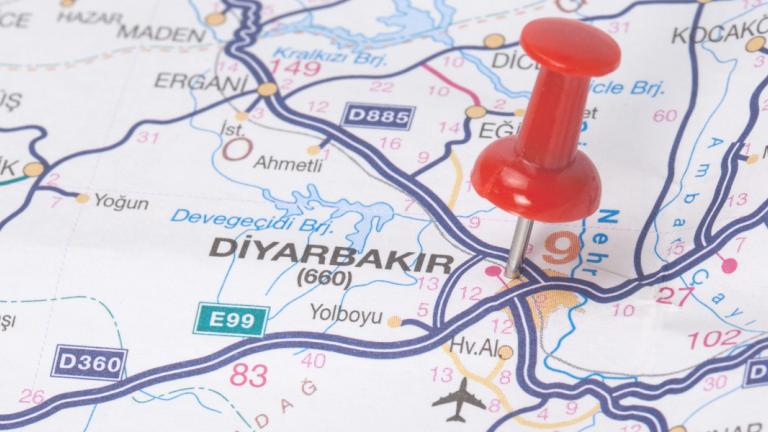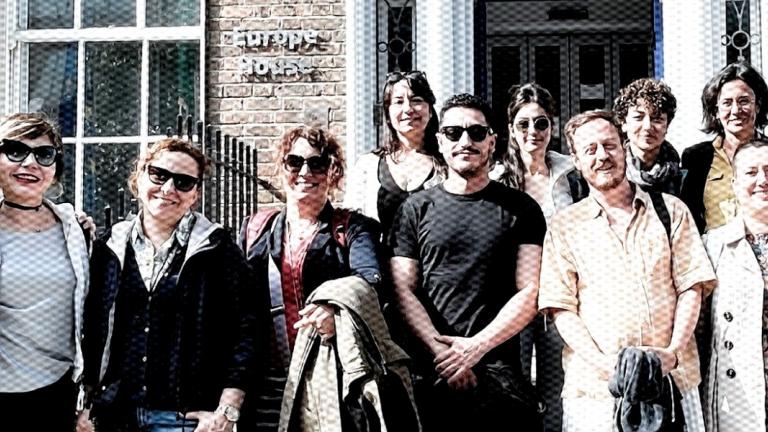
Local Actors Are Getting Stronger
You can reach to the decision from here.
Good News
Localization Advocacy is on the agenda all over the world for a long time, to fight against natural and human-made disasters and their effects. Finally, the efforts started to achieve its goals. The United States Agency for International Development announced on the 4th of November that; at least 25% of American humanitarian funds will be transferred to local CSOs in the next 4 years. Moreover, it’s been announced that this target will be increased to 50% of the funds by 2030.
From Past to Present
The sector’s developments are the result of intensive efforts to come this far. The localization agenda and its discussions were fueled by the ‘World Humanitarian Aid’ summit which is held in Istanbul in May 2016. In this comprehensive Summit, participants from United Nations agencies, civil society organizations, private sector entities, politicians, and academia talked about local CSOs’ existing problems for the first time. The problems they addressed are as follows; local CSOs cannot find space for their voices to be heard in the current humanitarian
system, there are barriers the access to funds, their sustainability was not prioritized and adequate resources were not allocated for them. At that time, only 1.7 percent of the total humanitarian aid funds in the world were directly transferred to local CSOs. Following the expression of addressed problems; UN agencies, international donors, and local institutions stated that they would be aligned for the solution in the context of localization with the "Grand Bargain" agreement, and decide to follow the issue. Since 2016, many networks have been established both at the global and local levels. Global and local advocacy campaigns were conducted to fulfill the commitments. However, even the concept of localization was on the agenda after World Humanitarian Aid Summit in 2016, transferred direct funds to local CSOs has only increased to 3 percent from 1,7.
What does it mean?
USAID’s acknowledgment of transferring half of its funds to local organizations within 10 years shows that localization efforts achieve its targets, find their own rules, and therefore, stakeholders meet on a common ground on this agenda. In addition, it reminds us that an existing and hard-to-change system can be tweaked for top performance with systematic and persistent efforts. This also gives hope to platforms, activists, and experts active in the field of advocacy.
Butterfly Effect
USAID’s latest statement led not only to satisfy but also contributed to the spark of a constructive chain of reactions. A non-governmental network working in the Global South since 2015 to ensure effective aid; Network for Empowered Aid Response (NEAR) and its stakeholders sent a letter to USAID’s director Samanta Power consisting of their gratitude and suggestions. You can reach to the original letter from here.
Letter and Beyond
The letter starts with appreciation. Then, it states the importance of revising the definition of what is local. Because few national branches of international NGOs present themself as “local” and absorb the majority of international resources. This can lead to a situation where those INGOs absorb funding and reinforce the status quo. Therefore, it is important to define who is truly local. Moreover, the letter states the importance of investment in the coordination and capacity mechanisms of local CSOs along with simplifying funding management. Lastly, it states
the suggestions on locally-led financing models such as national pooled funds led by civil society. The letter opened for signature via NEAR and local networks and became the voice of 1,289 local organizations from 120 countries. The letter was welcomed with the joy of the Localization Advocacy Group in Turkey, which is led by the Civil Society Development Centre (STGM), Support to Life (STL), and Human Resource Development Department (IKGV). STL supported the process of writing the letter. And four members of the group supported the letter with their signatures; International Blue Crescent (IBC), Global Mind Association, The Foundation for Human Rights and Freedoms and Humanitarian Relief (IHH), and Innovation for Development(I4D).
What is going to be next?
USAID’s decisions and then the letter of recommendation sent after this decision shows that localization is also on the agenda of donor organizations. Localization finds its place in the humanitarian and development sectors and started to overcome its obstacles. As initiatives and networks, who believe that locally-led humanitarian action should be at the center of the system, are meeting in a new era altogether. We are happy and hopeful. As experts, activists, and advocates who work in the field of humanitarian aid and follow localization, we are passing through a period where we can tell our grandchildren that ‘we were there, we were the followers,
we were excited’.
These developments, which we have witnessed, will be passed on to the humanitarian aid literature and will be inherited to new generations. Just as we read with admiration the pioneers of the women's movement from the literature. It is good to act in solidarity for a system where local problems can be permanently improved through local actors and accompanied by local solutions.

STGM Studio
We have good news for CSOs that want to produce video content. In our studio in our office, you can shoot your videos and get editing support.





